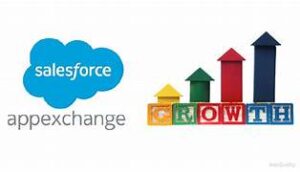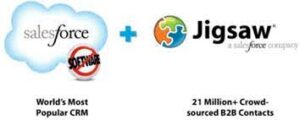Not long ago, businesses held customers’ attention—today, it’s the customers who command businesses’ focus. This shift reflects a crucial reality: exceptional customer service is no longer optional—it’s essential for satisfaction and retention.
“Tuning In” to Your Customers
Businesses that actively listen to their customers gain a competitive edge. Understanding what drives different customer segments—particularly tech-savvy millennials and Gen Z consumers—is key to delivering the experiences they expect.
For instance, millennials (born 1981–2003) have grown up with digital technology. They are:
✔ Highly connected – Always online via smartphones, tablets, and laptops.
✔ Independent decision-makers – Rely on their own research before making purchases.
✔ Efficiency-driven – Prefer self-service over direct interactions.
Modern consumers expect customer service on their own terms—when and how they want it. 39% of millennials check FAQs before contacting support, highlighting their preference for self-research. Businesses that embrace this shift can build stronger relationships and improve customer satisfaction.
Meeting the Expectations of Modern Customers
The 2015 State of Service Report revealed that top-performing service teams consistently adapt to evolving customer expectations. Salesforce surveyed 1,900 global customer service leaders and found that leading organizations:
✔ Prioritize self-service options to meet demand for instant support.
✔ Utilize AI-driven insights to anticipate and resolve customer issues proactively.
✔ Leverage customer portals and communities to enhance engagement.
To meet these expectations, businesses are increasingly adopting self-service portals and customer communities.
Self-Service Solutions: Giving Customers More Control
1. Self-Service Portals
A self-service portal allows customers to log in and:
- Access account details
- View past interactions and case statuses
- Find solutions to common issues
Customers can search for answers before reaching out, reducing support requests and improving resolution efficiency.
2. Customer Portals
A customer portal builds on self-service capabilities, offering deeper access to information and tools. Businesses can customize these portals to:
- Enable advanced searches and saved records
- Provide personalized resources
- Offer greater visibility into support cases
3. Self-Service Communities
Going beyond portals, self-service communities allow customers to:
✔ Engage in peer-to-peer discussions
✔ Share insights and troubleshoot issues together
✔ Access trending knowledge and expert advice
Service agents monitor these communities and step in when necessary, ensuring timely support. According to the 2015 Salesforce State of Service Report:
📈 High-performing service teams are 11x more likely to create and manage engaging online communities.
📈 Self-service portal usage is expected to grow 89%, while community adoption is set to increase by 115%.
The Business Value of Self-Service
Helping customers help themselves benefits both customers and businesses:
For Customers – Provides instant access to support on their own terms, at their convenience.
For Businesses – Reduces the workload on customer service teams, allowing agents to focus on more complex issues.
Forward-thinking companies are investing in self-service solutions to enhance customer experience, build loyalty, and drive long-term success. By adopting self-service portals and communities, businesses send a clear message:
“We hear you, we’re listening, and we are committed to providing the service you need—anytime, anywhere, on any device.”













